 November 25, 2024
November 25, 2024
Paint spray booths are essential in industries such as automotive manufacturing, aerospace, and industrial coatings. These enclosed spaces ensure that paint applications occur in a controlled environment, free from dust, dirt, and other contaminants that could compromise paint quality. However, maintaining optimal air quality inside a spray booth, especially under high-temperature conditions, presents unique challenges. High-temperature resistant air filters play a crucial role in ensuring that the booth's air remains clean and safe, even during processes like curing or baking that generate intense heat.
In this article, we’ll explore why high-temperature resistant air filters are essential, what types are available, and how to select the right filter for your spray booth. We’ll also provide tips for installation, maintenance, and insight into emerging trends in filtration technology.
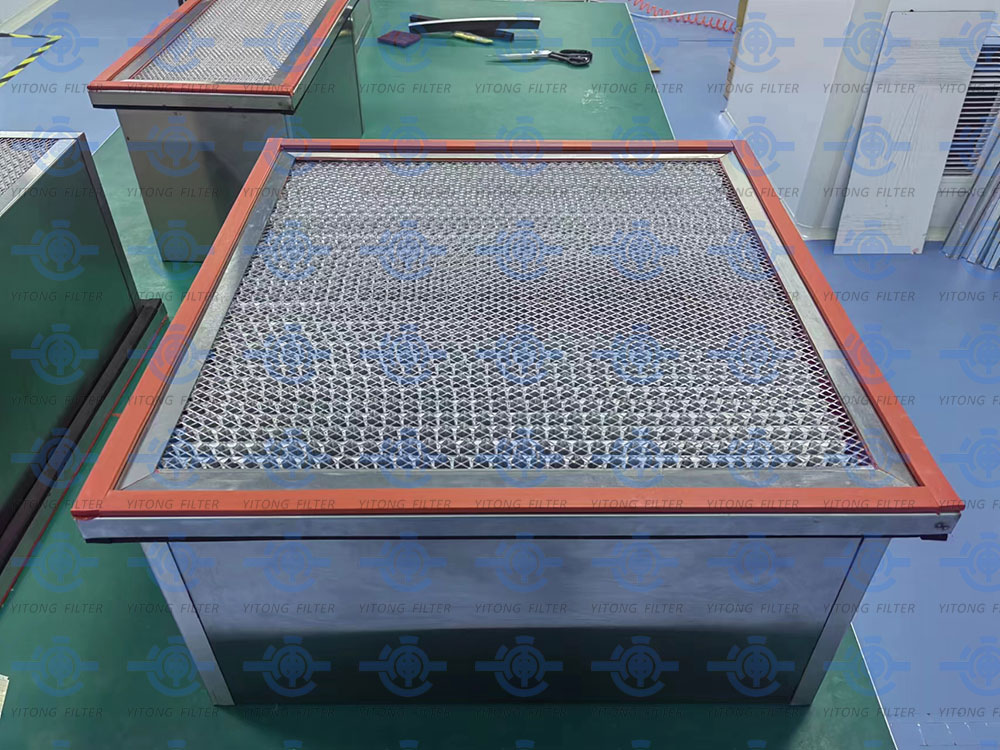
What is a Paint Spray Booth?
A paint spray booth is a controlled environment designed to apply paint or coatings to various products. These booths come in different types, each suited for specific applications:
- Cross-Draft Booths: Air flows horizontally across the booth. Simple in design, these are cost-effective but may have uneven airflow.
- Down-Draft Booths: Air flows vertically from the ceiling to the floor, pulling contaminants away from the work surface. These are ideal for high-quality finishes.
- Side-Draft Booths: Air moves from the top down the sides. This design provides good airflow control and reduces contaminants settling on the product.
Importance of Air Filtration in Spray Booths:
Filtration in spray booths serves two main purposes:
1. Protecting Paint Quality: Even microscopic dust particles can ruin a paint job, causing blemishes or imperfections.
2. Ensuring Worker Safety: Paint fumes and particulates are hazardous. Effective filters remove harmful substances, maintaining safe air quality.
Spray booths often operate under extreme heat, especially during the curing or baking stages. Standard air filters, designed for ambient temperatures, can degrade quickly in these conditions. Here’s why high-temperature resistant filters are crucial:
- Durability Under Heat: Standard filters can warp, melt, or break down, releasing contaminants back into the booth. High-temperature filters maintain their structural integrity, ensuring consistent performance.
- Safety Concerns: Using non-resistant filters in high-heat environments can be a fire hazard. Heat-resistant filters are made from materials designed to withstand intense temperatures without combustion.
- Operational Efficiency: Consistent airflow and filtration are essential for paint quality. Filters that degrade under heat can cause uneven airflow, leading to inconsistent paint finishes.
There are several types of filters designed to withstand high temperatures. Each has its unique characteristics and applications:
HEPA Filters:
High-Efficiency Particulate Air (HEPA) filters are known for their ability to capture 99.97% of particles as small as 0.3 microns. High-temperature HEPA filters are constructed with specialized materials that can withstand temperatures up to 400°C. They are ideal for applications requiring both high efficiency and heat resistance.
Fiberglass Filters:
Made from tightly woven glass fibers, these filters can endure high temperatures without breaking down. They are commonly used in industrial applications due to their durability and cost-effectiveness.
Metal Mesh Filters:
Constructed from stainless steel or aluminum, metal mesh filters are incredibly durable. They can withstand temperatures exceeding 500°C and are often used in applications where filters need to be cleaned and reused. Their rigid structure ensures minimal deformation under heat.
Ceramic Filters:
Ceramic filters can handle extremely high temperatures, often exceeding 1000°C. They are used in specialized applications where other materials would fail. While expensive, they offer unmatched performance in extreme environments.
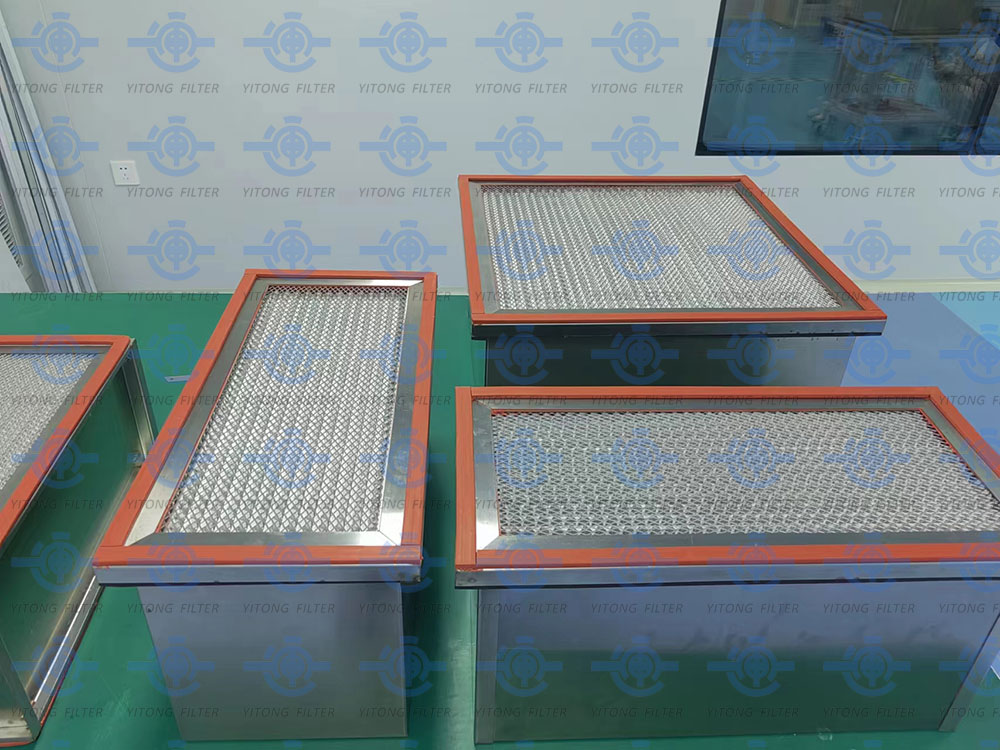
Choosing the right high-temperature resistant filter involves considering several critical factors:
Temperature Ratings:
Filters come with specific temperature ratings, indicating the maximum heat they can withstand. Common ratings include:
- 200°C (392°F): Suitable for low-heat applications.
- 400°C (752°F): Ideal for most curing processes.
- 600°C (1112°F) and above: Used in specialized industrial processes.
Efficiency Ratings:
Filters are often rated based on their efficiency in capturing particles:
- MERV Ratings (Minimum Efficiency Reporting Value): Higher MERV ratings indicate better filtration. For high-temperature applications, look for filters with a MERV rating of 13 or higher.
- HEPA Standards: These filters capture 99.97% of particles, making them ideal for applications where air purity is critical.
Material Composition:
- Stainless Steel: Offers excellent heat resistance and durability.
- Aluminum: Lightweight and corrosion-resistant, though not as durable as stainless steel.
- Ceramic Fibers: Used in extreme heat applications, offering excellent performance but at a higher cost.
Compliance and Safety Standards:
Ensure the filter complies with industry standards such as:
- ISO 16890: International standard for air filter testing.
- NFPA (National Fire Protection Association): Standards for fire safety.
Selecting the right high-temperature filter requires a thorough understanding of your booth's operational needs:
Assessing Temperature Requirements:
Determine the maximum temperature your booth reaches during operation. Choose a filter with a temperature rating that exceeds this maximum to ensure longevity and performance.
Evaluating Airflow Needs:
Ensure the filter allows for adequate airflow. A filter that’s too restrictive can reduce ventilation efficiency, leading to poor paint quality.
Considering Compatibility:
Ensure the filter fits your existing system. Retrofitting may be necessary if upgrading to a high-temp filter.
Balancing Cost and Longevity:
High-temperature filters can be more expensive than standard filters, but they offer longer lifespans and better performance, reducing long-term costs.
Proper installation and maintenance are key to ensuring your high-temperature filters perform optimally:
Installation Best Practices:
- Follow manufacturer guidelines for installation.
- Ensure a tight seal to prevent unfiltered air from bypassing the filter.
- Check for proper alignment and fit within the booth’s housing.
Maintenance Routine:
- Regular Inspections: Check filters for signs of wear or damage.
- Cleaning vs. Replacement: Metal mesh filters can often be cleaned and reused. Fiberglass and HEPA filters typically need to be replaced.
- Monitoring Performance: Use pressure gauges to monitor airflow. A drop in pressure may indicate a clogged filter.
Troubleshooting Common Issues:
- Reduced Airflow: Check for clogs or improper installation.
- Filter Degradation: If the filter shows signs of warping or breakdown, it may not be rated for the booth’s temperature.
The field of high-temperature air filtration is continually evolving. Some emerging trends include:
Advanced Materials:
Researchers are developing new materials that offer better heat resistance and filtration efficiency. For example, nanofiber technology is being explored for its potential to improve particle capture without restricting airflow.
Smart Filters:
IoT-enabled filters with sensors can monitor air quality and filter performance in real time, alerting operators when maintenance is needed.
Sustainability:
There’s a growing emphasis on eco-friendly filters made from recyclable materials. Manufacturers are also exploring ways to reduce the environmental impact of filter disposal.
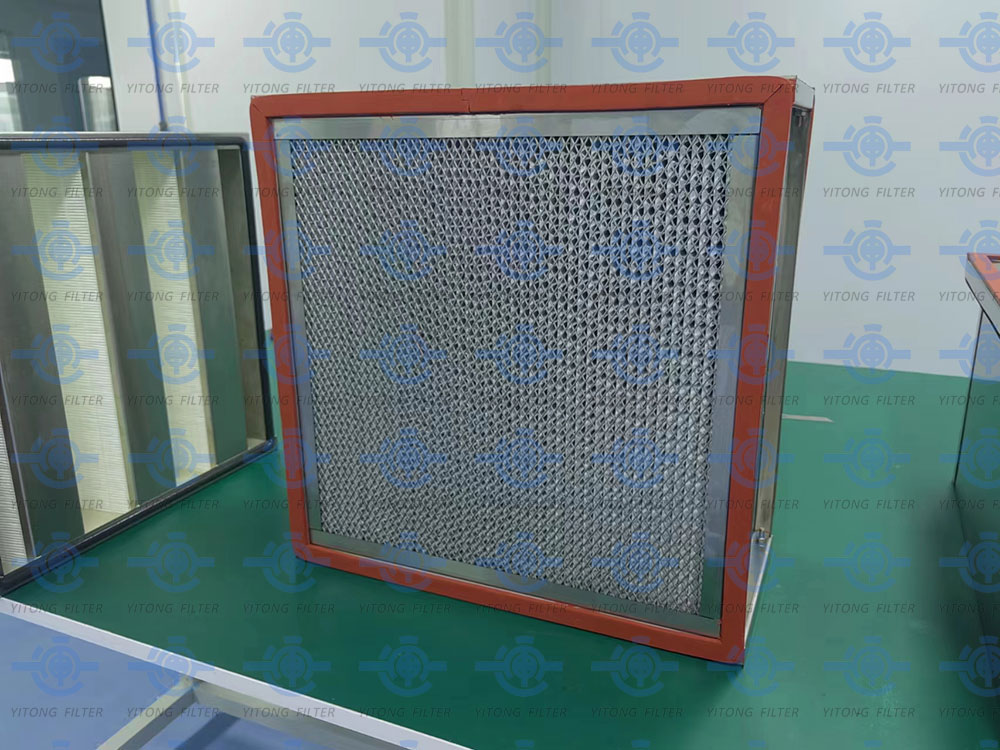
High-temperature resistant air filters are a critical component of paint spray booths, ensuring both product quality and worker safety. By understanding the different types of filters available and their key features, you can select the right filter for your needs. Proper installation and maintenance will further ensure that your filters perform optimally, even under extreme conditions. As technology advances, we can expect even more efficient and sustainable filtration solutions in the future.
How often should high-temperature filters be replaced?
It depends on the filter type and usage conditions. Check manufacturer recommendations and monitor performance regularly.
Can standard filters be modified for high temperatures?
No, standard filters are not designed to withstand high heat and can pose safety risks. Always use filters specifically rated for high temperatures.
Are high-temp filters cost-effective in the long run?
Yes, while the initial cost may be higher, their durability and performance in extreme conditions can reduce maintenance and replacement costs over time.
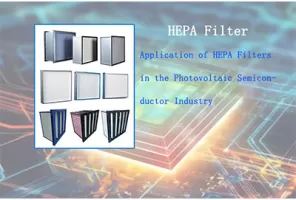 Jun. 04, 2024
Application of HEPA Filters in the Photovoltaic Semiconductor Industry
Jun. 04, 2024
Application of HEPA Filters in the Photovoltaic Semiconductor Industry
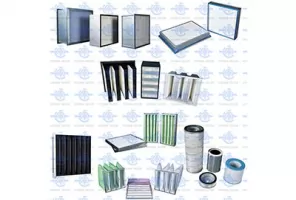 Jan. 21, 2025
FFU Filters: The Key to Efficient Cleanroom Airflow
Jan. 21, 2025
FFU Filters: The Key to Efficient Cleanroom Airflow
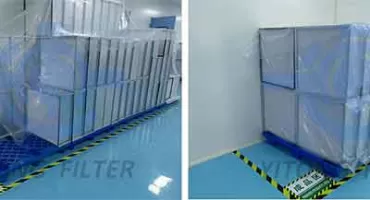 Sep. 01, 2023
H14 Separator HEPA Air Filters Ordered by Canadian Customer
Sep. 01, 2023
H14 Separator HEPA Air Filters Ordered by Canadian Customer
The H14 separator HEPA air filters ordered by the Canadian customer have been shipped.

